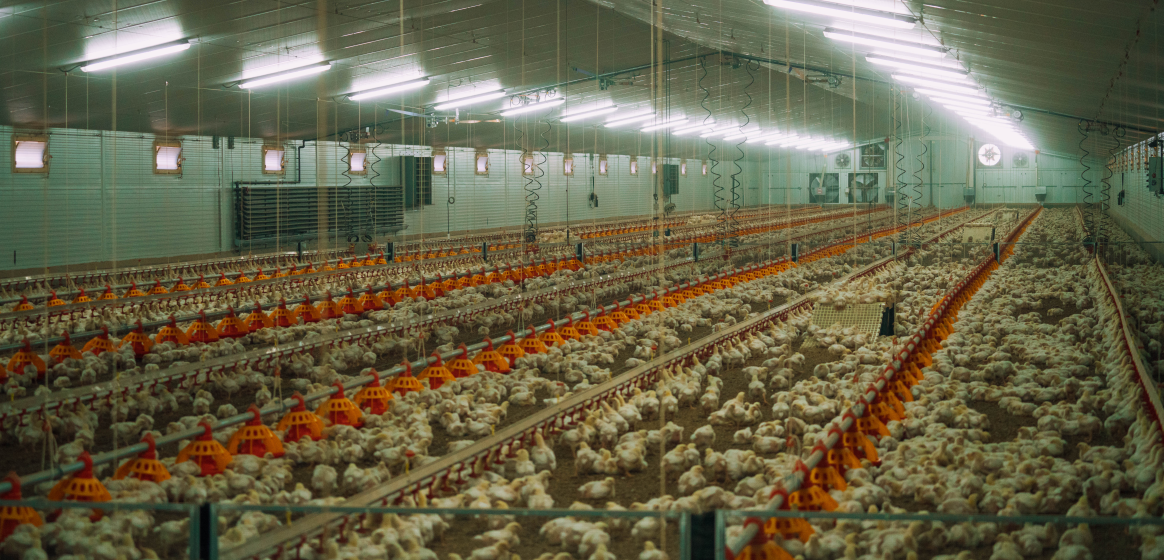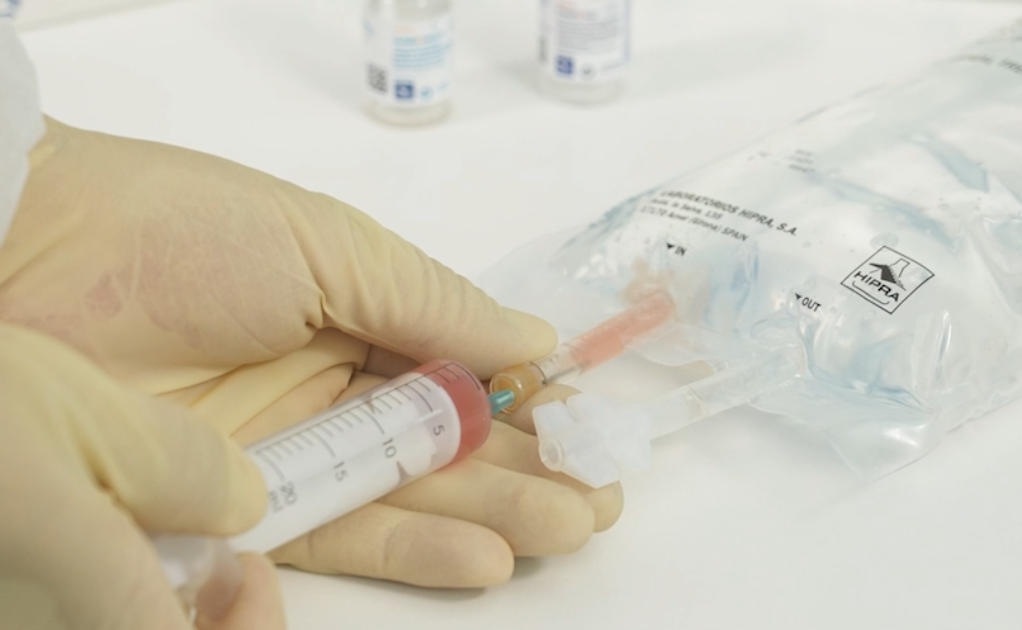In previous blog posts, new methods for administering coccidiosis vaccines were discussed, including the in ovo route. This innovative technology offers several benefits for poultry producers in the control of coccidiosis in chickens. But what does it take to properly prepare the vaccine solution for in ovo administration?
In ovo administration: An approach to this poultry vaccination method
In ovo vaccination was introduced approximately 30 years ago, allowing certain poultry vaccines to be administered through the egg. The advantages of this route include the ability to vaccinate large numbers of eggs quickly, reduced labor costs, lower risks of human error, and an earlier induction of the immune response (Peebles, 2018).
One notable example is the development of in ovo vaccines for avian coccidiosis, a disease previously addressed by other methods such as coarse spray, gel application, drinking water, subcutaneous, etc. In 2022, HIPRA made a significant contribution to the field by launching a new vaccine specifically designed for in ovo administration. This vaccine targets avian coccidiosis and is attenuated by precociousness, making it the first of its kind.
Optimizing the in ovo vaccination process
In ovo vaccination typically involves a single injection during the transfer stage in the hatchery, but it is increasingly common to co-administer multiple vaccines in a single injection to further streamline the vaccination process. For example, vaccines against Marek’s disease (either alone or as a recombinant virus vaccine in combination with other antigens) and Gumboro (Immunocomplex IBDV) are frequently administered together.
Key factors to consider when preparing an in ovo vaccine solution
Before preparing the in ovo vaccine solution, several important factors must be considered:
1. Type of vaccines being used and their compatibility:
- Check the compatibility of different vaccines (refer to the product labels) to ensure they can be safely co-administered.
-
- Frozen Marek’s disease vaccines (recombinant or non-recombinant, number of inserts).
- Lyophilized IBDV immunocomplex (ICX) vaccines.
- In ovo coccidiosis vaccines.
- Other vaccines.
2. Solvent Selection:
- For frozen Marek’s disease vaccines, use a dedicated Marek solvent bag.
- If Marek’s disease vaccines are not part of the vaccination scheme, a Phosphate Buffered Solution (PBS) may be used.
3. Reconstitution Process:
- Frozen Marek’s disease and lyophilized IBDV (ICX) vaccines do not usually require withdrawal of a solvent before preparing the vaccine solution.
- In ovo coccidiosis vaccines require the removal of a specific volume before preparation.
4. Stability after dilution:
- Frozen Marek’s disease and lyophilized IBDV (ICX) vaccines have a short shelf life after dilution (typically 2 hours or less).
- In ovo coccidiosis vaccines maintain stability for a longer period after dilution (at least 10 hours).
Common in ovo vaccine administration procedures
Depending on the vaccines involved, the procedure for in ovo vaccination will vary. Here are the common steps for administering popular vaccine combinations:
1. Mixing In Ovo Vaccines: EVANOVO® and GUMBOHATCH®
When administering a unique combination of in ovo vaccines, such as EVANOVO® and GUMBOHATCH®, the steps to follow are:
For a detailed summary, click here
2. Other in ovo vaccine combinations
For co-administering in ovo coccidiosis vaccines alongside other vaccines (e.g., frozen Marek’s or lyophilized IBD immunocomplex vaccines), follow the procedure outlined in this video:
For a detailed summary, click here
References:
E.D. Peebles, In ovo applications in poultry: A review, Poultry Science, Volume 97, Issue 7, 2018, Pages 2322-2338, ISSN 0032-5791, https://doi.org/10.3382/ps/pey081






